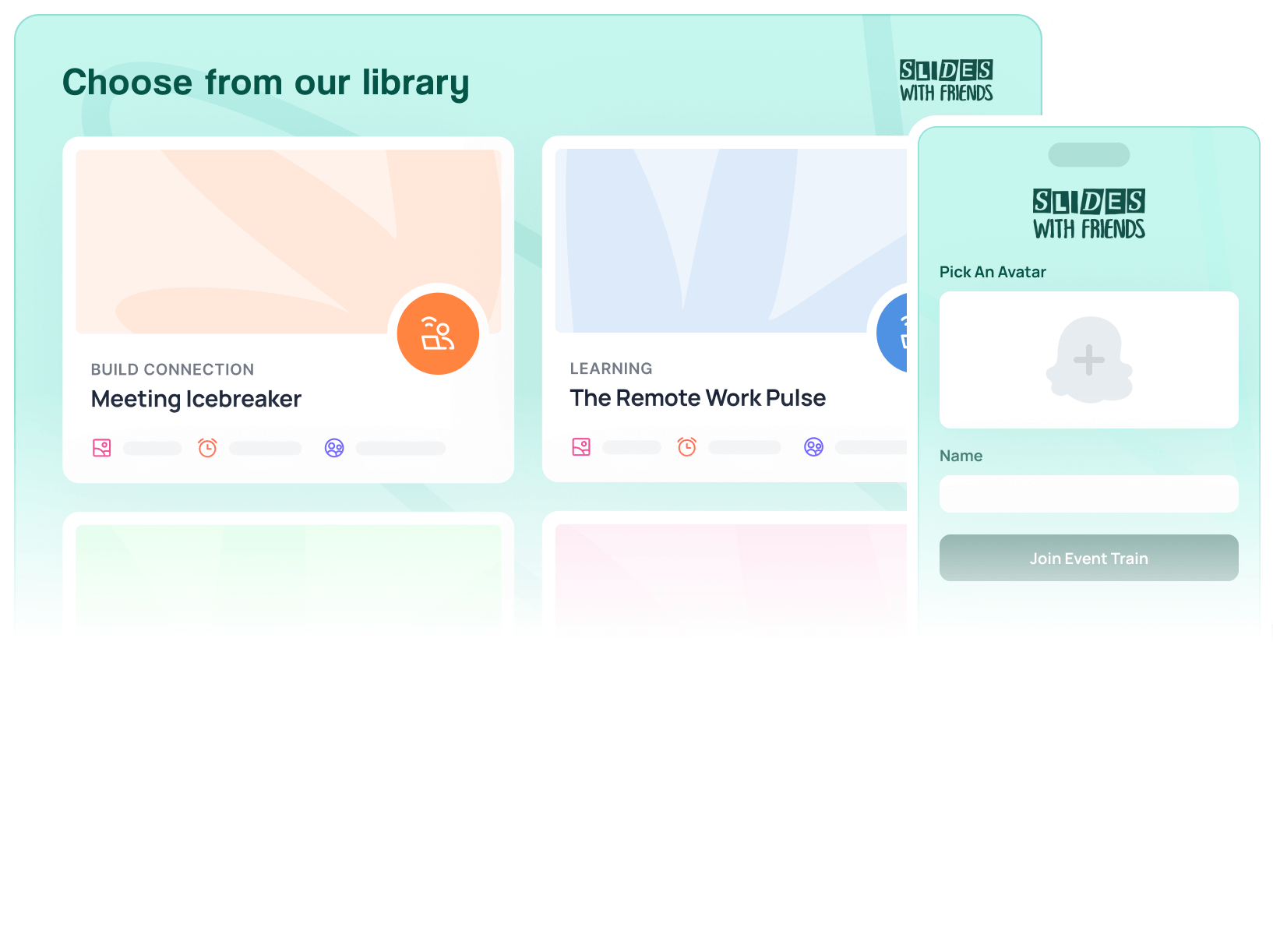The 5 Best Tools for Measuring Student Engagement
Knowing how to measure student engagement in your classroom is vital for understanding how your students learn, communicate, and participate. Here are digital tools you can easily integrate into your classroom to measure student engagement.

When it comes to education, there is no word used more than ‘engagement’. School’s need parents to be more engaged. Admin wants to engage more with the community. And, more importantly, teachers are constantly chasing that elusive student engagement.
And for good reason! Study after study shows increased engagement correlates with improved academic achievement.

We know educators are doing their best to get their students engaged and we’ve already talked about Ways to Engage Uninterested Students. But how can teachers be sure all their hard work to engage students is working?
The last thing teachers need is another list of ‘how to’. So we’ve gathered tools teachers can easily integrate into their already existing classwork to easily and efficiently gauge student engagement.
What is Student Engagement and Why is It Important?
‘Student engagement’ is such a buzzword these days, it’s important to be clear what we mean before discussing how exactly to assess it.
The Glossary of Education Reform calls student engagement “the degree of attention, curiosity, interest, optimism, and passion that students show when they are learning or being taught”. Often broken into 3 categories (behavioral, emotional, and cognitive), student engagement improves student growth, prepares students for their futures, and even improves behavior.
But while student engagement, its benefits, and how to achieve it have been studied for years, there is a substantial lack of tools for teachers to use on a daily basis to measure how well their students are engaging.
In an effort to make gauging student engagement easier for teachers (and to do away with those awful checklists), we’ve put together a list of our favorite tools, as well as the best ways to use them quickly and without interrupting the flow of learning.

5 Tools for Measuring Student Engagement
There are several formative assessments you can use to reiterate lessons and informally check in on student engagement throughout the school day. These combine proven methods with easy-to-use tools you can implement throughout the school year.
1 – Encourage Communication with Icebreakers
To create an environment of communication and engagement, it’s important for teachers to break down barriers (perceived or otherwise) between themselves and their students. One of our favorite ways to get people talking to each other is by using icebreakers. These fun games work as a great way for students and teachers to get to know each other and to get communication flowing.

SlidesWith offers a range of interesting icebreakers, from Word Blurt!, a picture prompt deck to get people sharing what’s on their mind, to Travel Trivia. Even better, as you get to know your class more, you can customize your own decks to make them appeal to your specific students.
A big round of icebreakers at the beginning of the year, as well as one in the morning, encourages communication and keeps the whole room engaged.
2 – Use Trivia to Gamify Participation
Gamification in the classroom has been increasing in popularity for years, but really boomed during the pandemic and hybrid learning. Studies show gamification in school decreases student stress, motivates learning, and increases students attention spans.
Now schools are back to meeting in person, trying to balance traditional lessons with gamification can be tricky, which is why we love a good trivia game. Trivia games are a great medium to check where students are with lesson comprehension while keeping things light and stress-free. After all, who doesn’t love a game?
National Geographic offers an amazing set of pre-made quizzes on specific animals or topics you can get going with just a click. You can also create your own quiz or trivia with Slides With Friends pre-made decks. Or learn how to Make a Fun Review Game of your own.
3 – Administer Anonymous Engagement Surveys

Student surveys are the go-to tool for teachers and administration to gauge student engagement. They’re classic and provide insight into how students feel about engagement from expert sources – The students!
Despite how well studies have found student survey’s work to improve how educators teach their specific students, they’re still only used once or twice a year and aren’t typically designed to follow trends and improvements. Giving regular surveys throughout the school year, and using the information to track trends, teachers can adjust to meet the needs of their students. Surveys, like those offered by Slides With Friends, are easy to customize and walk students through.
SurveyMonkey provides 40 short survey templates, making it easier for teachers to create multiple surveys throughout the year. However, you will need to pay more to have more than 10 participants. Mentimeter also offers an interactive survey maker you can use to create, download, and analyze your survey data. Since the goal of engagement surveys is to compare data over time, having access to easy-to-analyze data makes your job that much easier.
4 – Use Emoji’s and WordClouds to Rate Understanding
Emoji’s, while foreign to teachers a decade ago, are being utilized more and more to get quick, effective feedback from students on how they feel, both emotionally and academically. And the data can be used to track how your students are engaging, with their classmates, teachers, and even the coursework.

Our favorite way of using emoji’s is in an end of session Project Wrap Up. With the Slides With Friends pre-made deck, you can check how your students are feeling emotionally, using emoji’s. Then, move in to specific questions about the lesson using Wordclouds. With these responses, you can quickly determine what areas might need more attention and where the students are feeling confident.
5 – Break into Small Groups to Create Interactive Presentations

Interactive presentations aren’t just for teachers anymore! For educators looking to take classroom engagement to the next level, putting aside time for students to create their own presentations on what was taught or even upcoming lessons can boost engagement.
Allowing students to work together in small groups combines 2 proven methods for improving student engagement: Small Group Work (collaboration) and Presenting. Both these forms of engagement push students to use skills they might not get to exercise in a typical classroom setting.
There are several fantastic tools available to students needing to create interactive presentations. Our favorite, of course, is Slides With Friends and our easy to edit Interactive Presentations. But your students can use the classic PowerPoint or a newer option like Slido.
The Power of Casual Check-Ins
While all these suggestions make excellent tools, informally measuring your student’s engagement is always another option. Carving out the time for one-on-one interactions is increasingly difficult for teachers, but the benefits are astounding. Research has found these casual check-ins and personal conversations increase trust between students and their teachers, improve understanding, and open the door to better class engagement. While these interactions are harder to quantify, they give teachers the chance to engage in a more personal way with students, helping them gauge progress.
Never underestimate the power of a casual check-in with students one-on-one or asking the class as a whole how they feel.
And for all our teachers out there: If you have questions or would like to request a deck template, let us know! We'll try to make it!


Ready to ditch the dull, and run team sessions that people will actually enjoy?
Get started with a Slides with Friends deck in no time. We’ve got all the interactive features you need in one easy-to-learn, easy-to-set-up tool.















